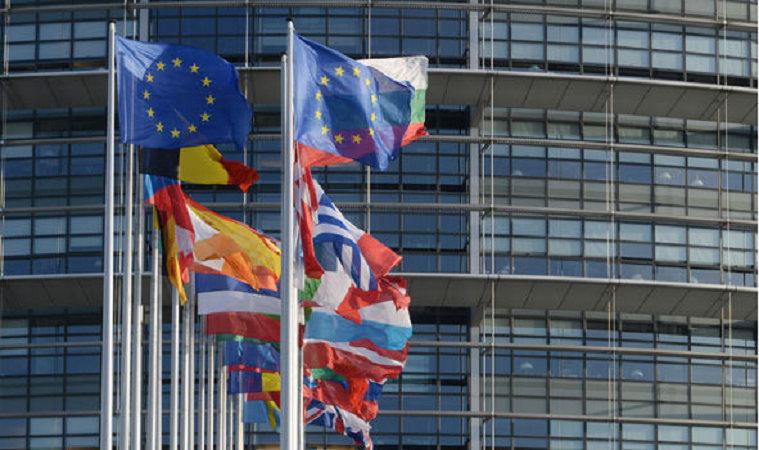
The European Union (EU) has urged online platforms to label text, photos, videos, etc, generated by Artificial Intelligence (AI), to fight disinformation.
European authorities are worried about generative AI tools’ potential to spread disinformation, racist narratives, or deceptive advertising.
Vice President of the E.U. Commission Vera Jourova stated that the ability of the new generation of AI chatbots such as ChatGPT and Bard, to create complex content and visuals in seconds raises fresh challenges for the fight against disinformation.
Register for Tekedia Mini-MBA edition 19 (Feb 9 – May 2, 2026): big discounts for early bird.
Tekedia AI in Business Masterclass opens registrations.
Join Tekedia Capital Syndicate and co-invest in great global startups.
Register for Tekedia AI Lab: From Technical Design to Deployment (next edition begins Jan 24 2026).
The European Union is leaning on signatories of more than 44 tech companies that have signed up to the 27-nation bloc’s voluntary agreement on combating disinformation, to label false and other AI-generated content.
In remarks made yesterday following a meeting with the 40+ signatories to the Code, the EU’s values and transparency commissioner, Vera Jourova, said, tech companies that have signed up to combat disinformation should put in place technology to recognize AI content and clearly label it to users.
In her words,
“The new AI technologies can be a force for good and offer new avenues for increased efficiency and creative expression. But, as always, we have to mention the dark side of this matter and they also present new risks and the potential for negative consequences for society. Also when it comes to the creation of and dissemination of disinformation.
“Advanced chatbots like ChatGPT are capable of creating complex, seemingly well-substantiated content and visuals in a matter of seconds. Image generators can create authentic-looking pictures of events that never occurred. Voice-generating software can imitate the voice of a person based on a sample of a few seconds. The new technologies raise fresh challenges for the fight against disinformation as well. So today I asked the signatories to create a dedicated and separate track within the code to discuss it.”
In further remarks during a press Q&A, the commissioner said the EU wants labels for deep fakes and other AI-generated content to be clear and fast, so normal users will immediately be able to understand that a piece of content they’re being presented with has been created by a machine, not a person.
She also specified that the Commission wants to see platforms implementing labeling now immediately.
The EU regulatory law is coming amidst mounting concerns about the potential abuse of A.I technology and the possibility that bad actors and even governments use it to produce far more disinformation than before.
Recall that last month, Denmark’s prime minister Mette Frederiksen used ChatGPT to write part of her speech to highlight the risks of artificial intelligence. After delivering the introduction part of her speech at the Danish parliament today, Frederiksen said, “What I have just read here is not from me. Or any other human for that matter. It was written by ChatGPT”.
Also, OpenAI CEO Sam Altman expressed his worries that the generative AI tools could be used for large-scale disinformation. Researchers on the other hand predict that generative AI technology could make disinformation cheaper and easier to produce for an even larger number of conspiracy theorists and spreaders of disinformation.
These concerns are heightened due to the growing integration of AI tools in several tech apps. Notably, most tech giants such as Meta, Google, and TikTok, amongst others are already signed up to the E.U. disinformation code, which requires them to measure their work on combating false information and issue regular reports on their progress.
Meanwhile, Twitter opted out last month in what appeared to be the latest move by Elon Musk to loosen restrictions at the social media company after he bought it last year. The exit drew a stern rebuke, with the vice president of EU Jourova calling it a “mistake”. She warned Twitter, which quit the Code of Practice last week, to expect more regulatory scrutiny.



